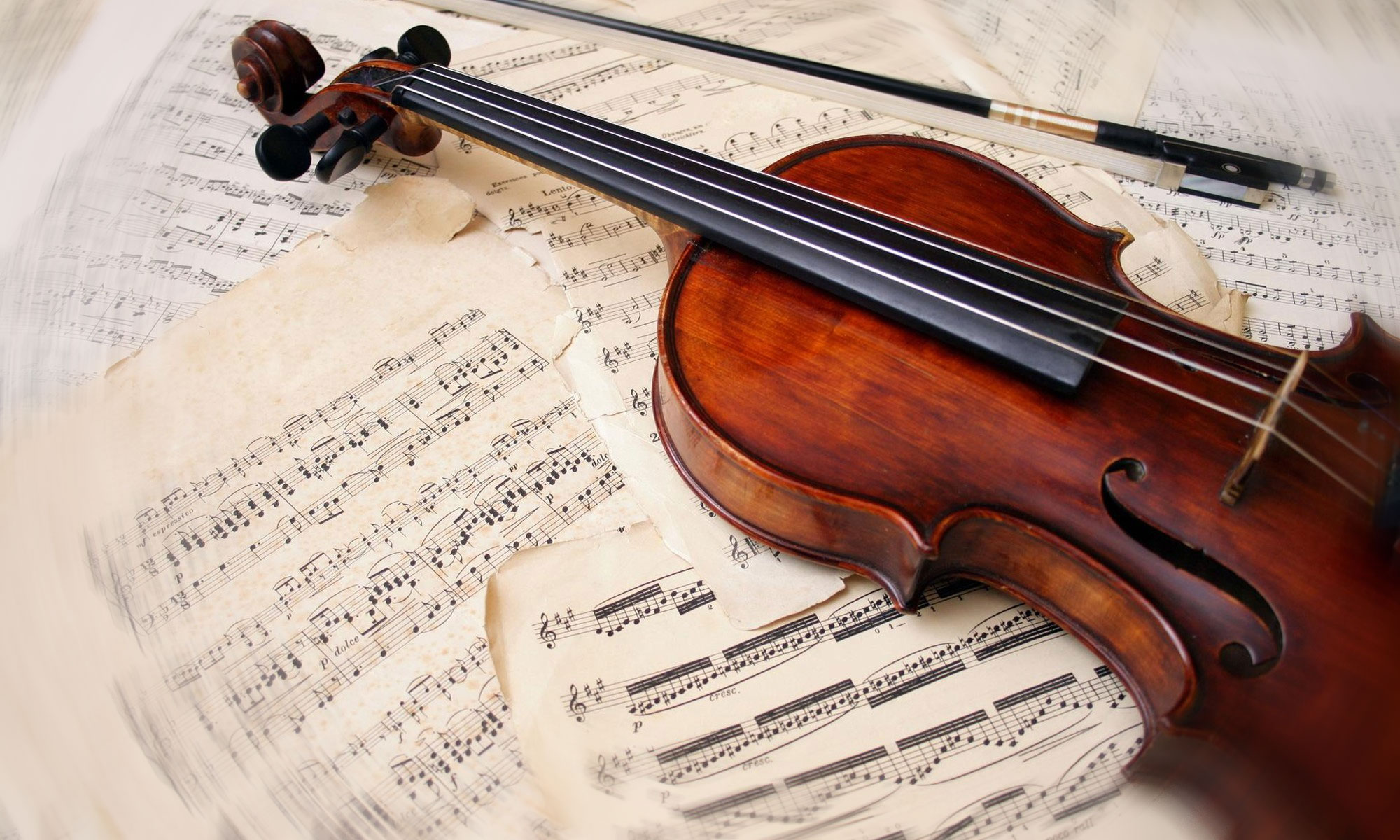Duduk Lessons
 This ancient, double reed Armenian instrument has such a distinctive and instantly recognizable tone. The ethereal vocal-like quality of the tone instantly transports the listener’s imagination to exotic lands. Traditionally carved from apricot wood, and with its heavy, robust cane reeds, variations of the Duduk are found in the Caucasus and the Middle East including Azerbaijan, Turkey, Georgia, Russia and elsewhere. Frequently played in pairs, the melodic musician plays the song while the second plays a steady drone called dum, and the sound of the two instruments together creates a richer, more haunting sound.
This ancient, double reed Armenian instrument has such a distinctive and instantly recognizable tone. The ethereal vocal-like quality of the tone instantly transports the listener’s imagination to exotic lands. Traditionally carved from apricot wood, and with its heavy, robust cane reeds, variations of the Duduk are found in the Caucasus and the Middle East including Azerbaijan, Turkey, Georgia, Russia and elsewhere. Frequently played in pairs, the melodic musician plays the song while the second plays a steady drone called dum, and the sound of the two instruments together creates a richer, more haunting sound.
In existance since at least the fifth century, (although Armenian scholars believe it existed more than 1,500 years before that!) the earliest instruments similar to the duduk’s present form are made of bone or entirely of cane. Today, the duduk is exclusively made of wood with a large double reed, with the body made from aged apricot wood.
As there is an abundant variety of styles of duduk music, the particular tuning of an individual instrument depends heavily on the region in which it is manufactured. In the twentieth century, the Armenian duduk began to be standardized diatonic in scale and single-octave in range. As with Irish whistles and open holed flutes, chromatic notes are achieved using fingering techniques, and the range of pitch achieved through breath support allows micro-tuning up to a whole step around each individual note. The instrument’s body also has different lengths depending upon the range of the instrument and region. The reed (Armenian: եղեգն, eġegn), is made from one or two pieces of cane in a duck-bill type assembly. Unique among double-reed instruments, the reed is quite thick and wide, allowing the duduk both its unique, mournful sound, as well as its remarkable breath requirements. The duduk player is called dudukahar (դուդուկահար) in Armenian.
The performer uses air stored in their cheeks to keep playing the instrument while they inhale, this “circular” breathing technique is utilized with many double-reed instruments in the Middle East, and also in didgeridoo, trumpet, and various other wind instruments worldwide.
